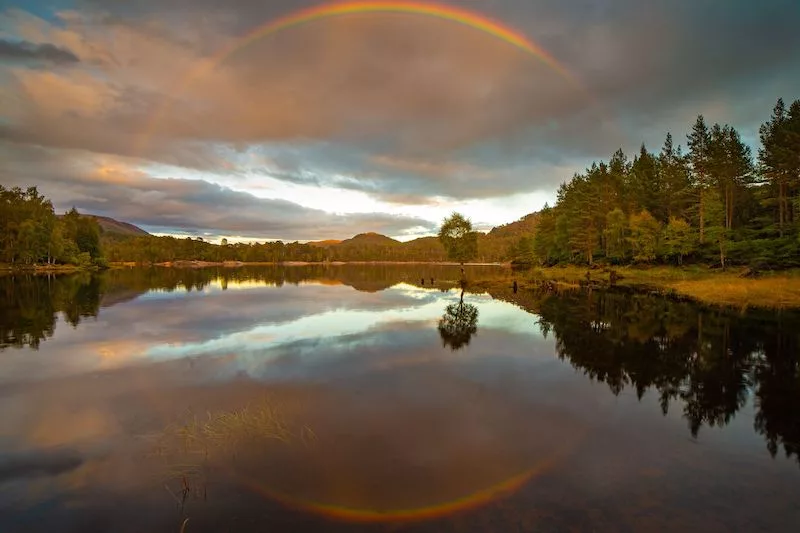Forestry and Land Scotland is celebrating 75 years of conservation work in Glen Affric this year.
The organisation now cares for about 68 square miles of central and lower glen land, with management dating back to 1935 and the bulk of the land purchased in 1948.
Glen Affric is often hailed as one of Scotland’s most breathtaking locales and contains the third largest remnant of the ancient Caledonian Forest.
FLS North Region Manager Alex Macleod describes the glen as a place of wonder that has benefitted from decades of collaboration with landowners, community groups and volunteers.
He says hundreds of hectares of Caledonian pinewood have been protected and restored through a combination of planting and natural regeneration of Scots pine and native broadleaves.
He emphasises that although Glen Affric appears wild and natural, it is under constant management.
That enduring stewardship, Macleod adds, stands as testament to the vision of mid‑20th‑century foresters.
The glen holds multiple designations including Caledonian Forest Reserve, SSSI, national scenic area, national nature reserve and other European conservation statuses.
Crucial to the project’s success has been deer management.
When the Forestry Commission took over in 1948, years of unchecked deer browsing meant almost no Scots pine under a century old remained.
Some veteran trees were felled to make way for millions of new trees grown from local seed in fenced reserves.
The 1950s saw a push for increased tree cover, which led to planting non‑native species like lodgepole pine and Sitka spruce.
But within two decades, forestry thinking had shifted and efforts began to remove non‑native trees from key zones.
The aim is for the core pinewood to be free of non‑native species within the next ten years.
Productive forestry will remain in place to support forest restructuring and deliver local economic benefits.
Alex notes that woodland and montane upland expansion, together with wetland, peatland and open habitat restoration, have revitalised biodiversity.
Species from dragonflies to red deer, mountain hares to golden eagles have thrived.
The success of restoration has also attracted growing visitor numbers to this high‑quality recreation area.
Looking ahead, FLS highlights that high visitor use, climate change and wildlife management are challenges as they plan for the glen’s centenary.
They remain committed to sensitive stewardship of Glen Affric, working alongside neighbours, communities and partners such as Trees for Life, Affric Highlands and the Deer Management Group.
Alex says ongoing science and research will help understand the impact of interventions on lesser‑known species and natural processes in the glen.
That spirit of continuous learning and collaboration ensures Glen Affric will be cared for future generations to experience and cherish.





